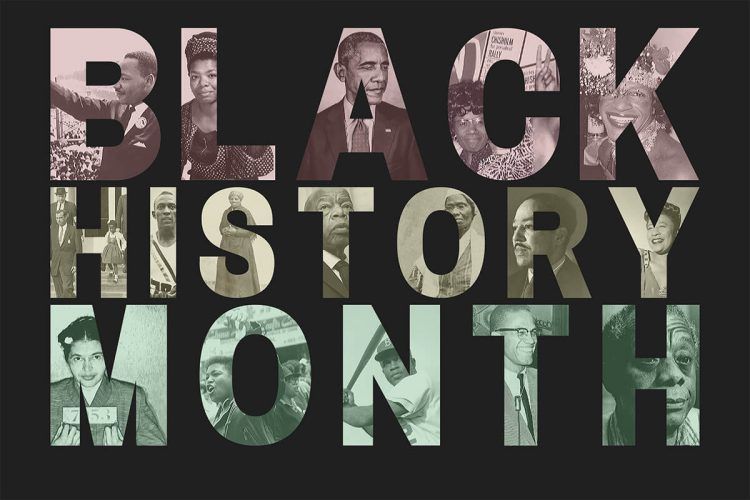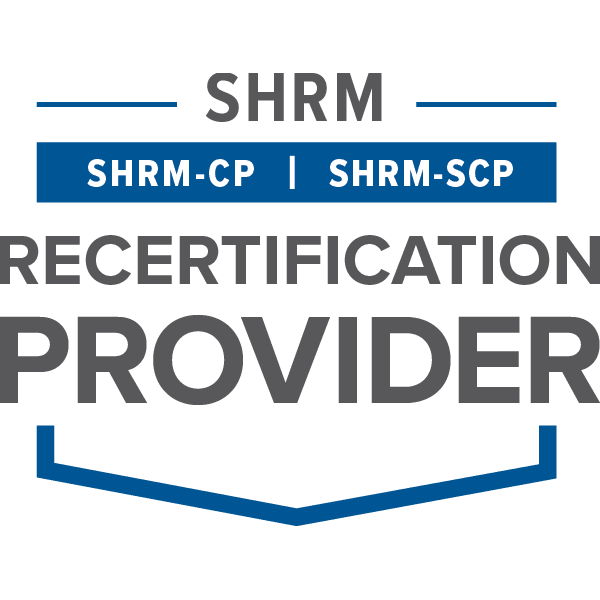Native American Heritage Month
This month, we celebrate Native American Heritage Month. Diverse Talent wants to highlight why it's important to educate and celebrate correctly.
Are indigenous communities celebrated or diminished in November?
Many believe that Native American Heritage Month is a time for America to reckon with the nation’s past, to truly understand what justice and equity for all means and how our nation can continue to build and heal from historical wounds. When Americans use this time to educate themselves and grow as a nation to celebrate indigenous communities the month of November will no longer diminish Native Americans. Ending diminishment means understanding indigenous erasure – beginning with Thanksgiving, acknowledging that we live on stolen land and that indigenous communities deserve justice and equity.
Is the celebration of Thanksgiving Indigenous Erasure?
Native American Heritage month is celebrated during the same month as one of the most controversial holidays in our nation’s history. Over the years, historical inaccuracies have diminished the impact that the English coming to Plymouth had on the Wampanoag Indians, who’s lives were forever impacted.
The myth of the Pilgrims and Wampanoag Indians portrays the pilgrims as brave people who arrived in the Americas unable to survive on their own until a kind Native American offered them assistance, teaching them how to cultivate crops. The first harvest of which resulted in a celebration, now known as Thanksgiving, to give thanks for helping the pilgrims survive.
This retelling has become an erasure of Wampanoag Indians, disregarding the fact that the Pilgrims brought over diseases which killed off a substantial number of Native Americans without the immunities to pathogens from other regions of the world. Thus, making it easier for them to colonize and overpower villages
When disease struck, the Wampanoag who had over 69 villages between Rhode Island and Massachusetts suffered the most, losing entire villages. As skilled hunters, gatherers, fishers, and farmers, the Wampanoag Indians had a reciprocal relationship with nature and gave Thanks annually to the bountiful world because they believed it would give back to them. Celebrations of Thanksgiving with feasts and ceremonial games were hosted by native Americans long before the pilgrims arrived.
The “first thanksgiving” as we know it was simply a celebration of coexistence after the first harvest, from the mutually beneficial relationship the Wampanoag Indians developed with the Pilgrims, exchanging their knowledge and food for weaponry to fight off the Narragansett, a nearby native people.
Why do we struggle to acknowledge that we live on Tribal Nation Land?
Acknowledging that we live on Tribal Nation Land means that we must also acknowledge the colonization, pillaging and murder that took place in order for us to reside on this land. We would have to accept that the land we live on is indeed stolen property, that was taken from Indigenous people by forced treaty or sale, theft, and many other means. We fear what this acknowledgement means.
When people do not want to accept that their ancestors were not perfect and that we must pay for the consequences of their actions, it suddenly means we have something to lose. Though we have seen an increase in Native Land acknowledgements, many tribes remain landless without from recognition by the U.S. Excluding Indigenous communities in discussions of how land can and should be used after these acknowledgements have been made contributes to Indigenous Erasure.





